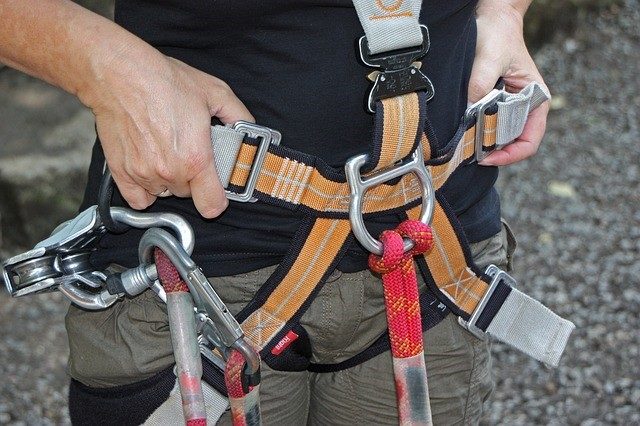
If you own or manage a construction company, are you taking the necessary measures to safeguard your workers’ well-being? Fall Protection Systems are a common sight at many construction sites. That’s because it’s not uncommon for accidents to happen for workers who are working at on buildings.
Fall protection systems are available in different forms and shapes. But before picking one, there are different aspects you need to consider.
Firstly, consider the unique requirements of the environment. For instance, Florida State University specifically requires an OSHA compliant Fall Protection Program for any vendor who wants to work on the premises.
Secondly, you need to plan your equipment list.
Type of System
The type of fall protection you pick will depend on the application it’s intended for. The following are the most common types:
- Horizontal lifeline system: This type is also referred to as an engineered system and is ideally suited for use on roofs, walls and overhead structures. Workers must connect their lanyards to a runner that’s designed to slide along the wire rope.
- Rail system: You can also use this type on roofs and walls. The system is basically connected to anchor points via a rigid rail. The rail features runner slides that enable workers to walk along it while it’s attached.
Can it be Fully Integrated into the Building Structure?
Before you pick a lifeline system, you need to consider whether it can be integrated into the structure being built. The idea is to not compromise the aesthetic value of the building even during construction.
Ideally, when the system is installed on a roof, it mustn’t be visible from a lower level. When installed on roofs or walls, the system must be easily integrated into the structure.
Replacement or Repairs?
Due to continuous use, it’s not uncommon for a fall protection system to become damaged. It’s paramount that regular inspections are conducted on the system to determine if it’s due to be replaced or simply needs repairing.
However, the decision to replace or repair usually depends on the type of system you have. When the wire rope on an engineered system is damaged, it needs to be replaced completely.
On the other hand, rail systems comprise of rail pieces with fixed lengths. When a piece is damaged, you don’t have to replace the entire system. Repairing only the damaged rail piece will suffice.
Environmental Factors
Fall protection systems are exposed to different environmental factors; from dirt to rain. You want a robust system that’s designed to withstand such environmental elements.
Be sure to pick a high quality and long-lasting system to guarantee durability. An example of a high-quality lifeline system is the Miller Titan Cable Retractable which features durable housing.
Cost of the System
Of course, you have to consider your budget because these systems are available in different price ranges. However, opting for a more expensive model will be in your workers’ best interests. You’re guaranteed a solid and durable product.
Final Words
The reality is, neither of the two types are better or safer than the other. Simply make sure you update your safety guidelines with one of the innovative products on today’s market. Accidents do happen. You only need to play your part in minimizing work-related injuries or in the worst-case scenarios: fatalities.












